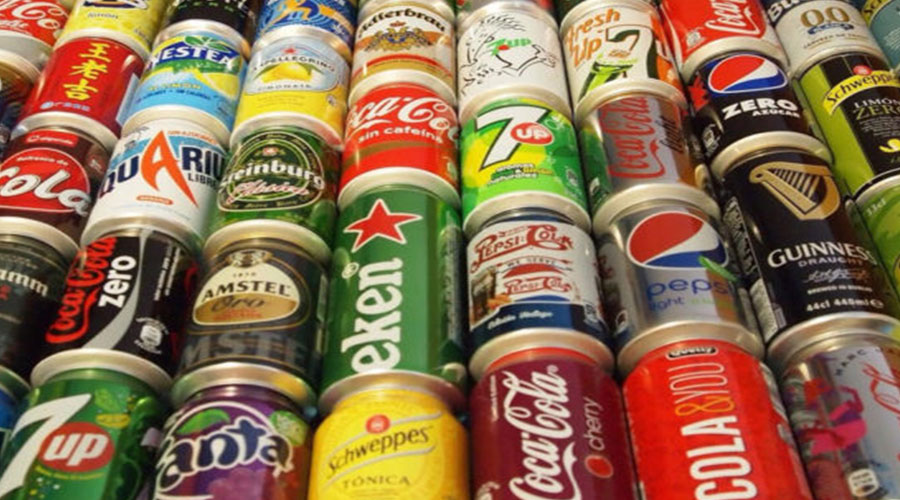What is an Excise Tax?
An excise tax is a type of indirect tax which is imposed on the sale of a particular commodity. They are taxable, as set out in the Federal Decree-Law No 7 of 2017 on Excise Tax (“Excise Tax Law”) if they are:
- Imported into the UAE
- Manufactured in the UAE
- Stockpiled in the UAE.
Excise Tax is generally levied on products which are harmful for people and the environment. This is because the main purpose of the taxation is to act as a deterrent which helps reduce people’s consumption of particular goods. In certain scenarios, goods will be physically labelled to show that the excise tax has already been paid to the government.
What is the scope of Excise Tax?
An excise tax has to be paid in case of the following activities:
- Importing excise goods.
- Producing or manufacturing excise goods.
- Transferring excise goods out of a Designated Zone
- Stockpiling excise goods in the normal course of business.
- Selling excise goods in the UAE. The excise tax will be borne by the seller and the tax amount will be included in the total sale price of the excise product.
What is the New Clarification?
The United Arab Emirates (“UAE”) Federal Tax Authority (“FTA”) has published Excise Tax Public Clarification EXTP003 (“Update”) on stockpiling of Excise goods. This information is intended for the businesses in UAE who either:
- Hold stocks of excise goods
- Expect to hold stock of excise goods.
This Update comes into effect from 1st December 2019. This Update explains to the businesses what their obligations are if they are found in possession of these specific excise goods that are meant for the purpose of business. Following are the list of specific goods mentioned for the purpose of this notice:
- Sweetened drinks;
- Electronic smoking devices and tools;
- Liquids used in electronic smoking devices and tools
- Tobacco products which have been subject to Excise Tax at a price lower than the minimum Excise Price introduced on such products by Cabinet Decision No. 55 of 2019on the Excise Price for Tobacco Products.
Although, this is not the first guidance issued on stockpiling of Excise Goods as it has been done previously on various occasions. However, this Update provides a detailed clarification on stockpiling of specific excise goods.
The Update clarifies that if any business which holds stock of the above goods could potentially be considered a Stockpiler for Excise purposes and be subject to Excise compliance requirements or penalties thereof, for lack of compliance. This public clarification provides systematic methods of calculating the excess stock of these excise goods for Stockpilers who hold these products.
What is Stockpiling of Excise Goods?
Excise Goods are considered stockpiled in the UAE if the following conditions are met with:
- Goods are in free circulation in the UAE, which are intended to be sold in the course of business. It is necessary that the excise taxes on the specific goods have not been paid, relieved, remitted or deferred.
- They are ‘excess’ excise goods.
If the above mentioned requirements are satisfied, they become subject to Excise Tax on the later of the date they are acquired by the stockpiler, the date on which an increase in the taxation obligation arose or the day the Excise Tax Law comes into force with respect to the relevant excise goods.
What are Excess Excise Goods?
For the excise goods to be considered excess, the following conditions have to be satisfied:
- The goods should be in the ownership of the person on 1 December 2019, i.e.: – The date that Cabinet Decision No. 52 of 2019 comes into effect in respect of sweetened drinks, electronic smoking devices and tools and liquids used in such devices and tools; – The date that Cabinet Decision No. 55 of 2019 comes into effect in respect of tobacco products.
- The goods should be acquired by the stockpiler prior to the date above;
- The goods are intended to be sold by the person in the course of business; and
- The quantity of each type of excise good owned exceeds the average monthly stock level held by the person, based on the person’s average monthly stock holding level of that excise good. The average monthly stock holding is calculated by reference to the previous 12-month period prior to 1 December 2019 (i.e. 1 December 2018 to 30 November 2019).
What is the rate of excise tax? Is it different for different products?
The rate of excise tax is different for different products viz. 50% or 100%, as follows-
- 50 per cent on carbonated drinks
- 100 per cent on tobacco products
- 100 per cent on energy drinks
- 100 per cent on electronic smoking devices
- 100 per cent on liquids used in such devices and tools
- 50 per cent on any product with added sugar or other sweeteners.
What are the Steps to Identify the Stockpiler?
Step 1: Identification of the excisable goods of the company
Step 2: Computation of the 2 month’s average sales quantity (based on previous 12 months sales).
Step 3: Computation of the one-month average stock (based on for previous 12 months average stock ((Opening stock Qty + Closing Stock Qty)/2))
Step 4: Assessment of the Inventory of excisable product as on the date the law came into effect for such product (as set out in Cabinet Decisions Nos. 52 and 55 of 2019).
Step 5: Normal Stockpile of Excise Goods – if Lower of Step 2, Step 3 or Step 4
Step 6: Excess Excise Stockpile = if Actual Stock as on the date the law came into effect (as set out in Cabinet Decisions Nos. 52 and 55 of 2019 viz. 1stDecember 2019) – Normal Stockpile
Step 7: Arrive on the Retail Selling Price of the product
Step 8: Assessment of the Rate of Tax (as either 50% or 100)
Step 9: Computation of the excise tax due by Step 6 x Step 7 x Step 8
What are the New Legal Requirements?
The clarification provides that the business which fall under the category of stockpiling of excess excise goods, are required to perform two sets of calculations, based on the stock levels and sales volume for each product type. In case there turns out to be an excess based on either the stock level or sales volume, the business must register for excise tax and pay excise tax on such excess (if both calculations result in an excess, tax is due on the higher amount of excess).
All calculations must be performed on an individual goods not overall category wise.
Another step is that the businesses that hold excise goods are required to keep records that have been audited by an external third party showing the quantity of excise goods for the 12-month period prior to 1 December 2019.
Conclusion
This public clarification was issued to ensure uniform implementation of Federal Law No 7 of 2017 on Tax Procedures, Excise Tax Law and its Executive Regulations, Cabinet Decision No 52 of 2019 on Excise Goods, Excise Tax Rates and the Methods of Calculating the Excise Price and Cabinet Decision No 55 of 2019 on the Excise Price of Tobacco Products. Effect date stands as 1stDecember 2019.

